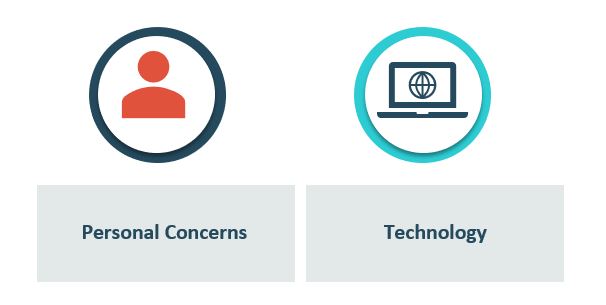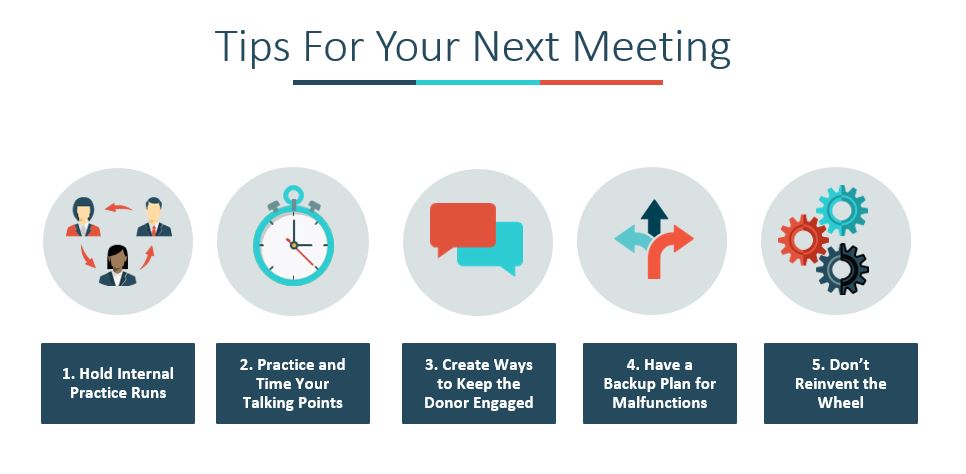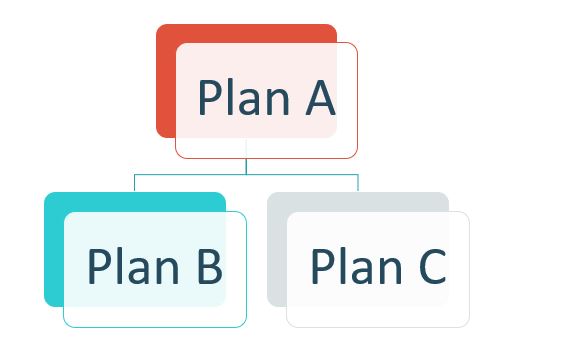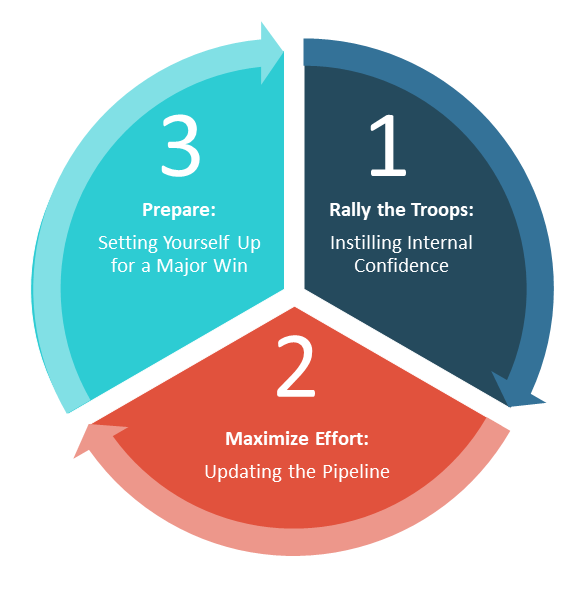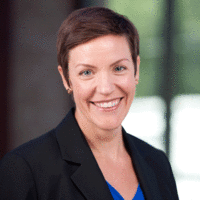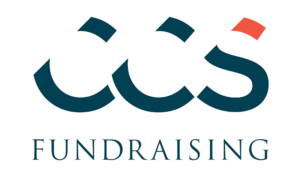In a previous article, we shared eight self-management tips for fundraisers to achieve personal and professional success. For a refresher, take a look at the post here.
As we all navigate the temporary but vastly different global landscape, here are eight adapted strategies of self-management during the COVID-19 pandemic.
1. Prioritize the activities that bring in gifts – in the long term.
While some of your constituents may not be ready to talk about giving, you must stay connected. The number one reason why donors stop giving is that they no longer feel connected to an organization. So reach out – in broad communications and personal emails and phone calls. Meet them where they are, lead with empathy, and see how the crisis is affecting them personally. Think of the moves management process – every move you make now should get you closer to receiving a meaningful gift. And keep in mind that some WILL be ready to make gifts now – don’t assume they are not. Reach out, ask questions, and listen.
2. You can still raise money while staying home.
We can’t go meet our donors face to face and we’re stuck at home. What’s a fundraiser to do? Time to get creative. Pick up the phone and call your donors. Schedule video chats while you drink coffee separately. Do virtual happy hours. Your creativity and connectedness will stand out and donors will think of your organization when they are ready to give.
3. Set aside 90 minutes DAILY to make phone calls.
There’s no commute or daily meeting that runs 30 minutes long. Ramp up the time you are on the phone calling your constituents. And block that time off on your calendar so it gets done – every. single. day.
4. KEEP out of your comfort zone.
Now is the perfect time to do the tasks you’ve been dreading – calling that prospect, video-chatting with that Trustee. Many people are home and eager to connect with others, and we have a shared experience that bonds us. So from the comfort of your home, get out of your comfort zone. And stay there.
5. Take it one day at a time.
Don’t be overwhelmed by the scope of the crisis or the changes to your work life. Adapt and overcome. Pivot and persevere. If we can embrace this change, get creative, adjust, and stay positive, we will come out on top. Those who curl up and resist will fall behind.
6. Keep asking for help.
You will need the help of volunteers and colleagues now more than ever. Rally your troops to connect with the community. Seek creative ideas to keep your organization relevant and meet donors where they are. Deploy ambassadors to call your donors to check in and offer support. Use this time to deepen connections with your community and those you serve.
7. In a time of reactivity, be proactive.
We each must continually react to new challenges being thrown our way. In all that noise, remember to stop and reflect. Carve out time to think – how can we move our organization forward? How can we strengthen relationships with our donors? How can we stay relevant and accessible in this time of uncertainty? You can put together an idea task force and block off weekly time on the calendar to brainstorm. This is the time for innovation – make sure you carve out time for it.
8. Evaluate and adjust – daily.
In this rapidly changing environment, even our best laid plans will need to change. Be strategic, but nimble. Be ready to course correct as our world evolves – but always keep the end goal in mind: your donors, your community, and your mission.
Bonus round: a few more thoughts in this challenging time.
Be your own micro-manager.
Be militaristic with your time. Set deadlines to create urgency for yourself. Plan out your day with tasks to be accomplished, phone calls to be made, and set time parameters for each one.
Reward yourself.
You can’t operate at 100% efficiency at your dining room table all day. Take breaks, but use those breaks as rewards. You can go for a quick run when you finish your task. You can get some cookies after you make four phone calls. Figure out what motivates you and use it to your advantage.
Make lemonade out of lemons.
This is a trying time for us all. We’re worried about our health, our families, our organizations, and our world. But in stormy skies, there are silver linings. We have an opportunity to set our organizations apart by how wisely we spend this time. While facing changes and challenges, let’s connect with our community, connect with each other, and connect with ourselves. Look for little wins, celebrate the small stuff, and we’ll get through this together.
During this challenging time, we are continuing to offer our perspectives and lessons learned from over seven decades of nonprofit advisory leadership. Click here to access our Strategies During COVID-19 page. Here you will find resources that provide best practices and optimal strategies to help your organization build a path through this crisis and beyond.
CCS Fundraising is a strategic fundraising consulting firm that partners with nonprofits for transformational change. Members of the CCS team are highly experienced and knowledgeable across sectors, disciplines, and regions. With offices throughout the United States and the world, our unique, customized approach provides each client with an embedded team member for the duration of the engagement. To access our full suite of perspectives, publications, and reports, visit our insights page. To learn more about CCS Fundraising’s suite of services, click here.

